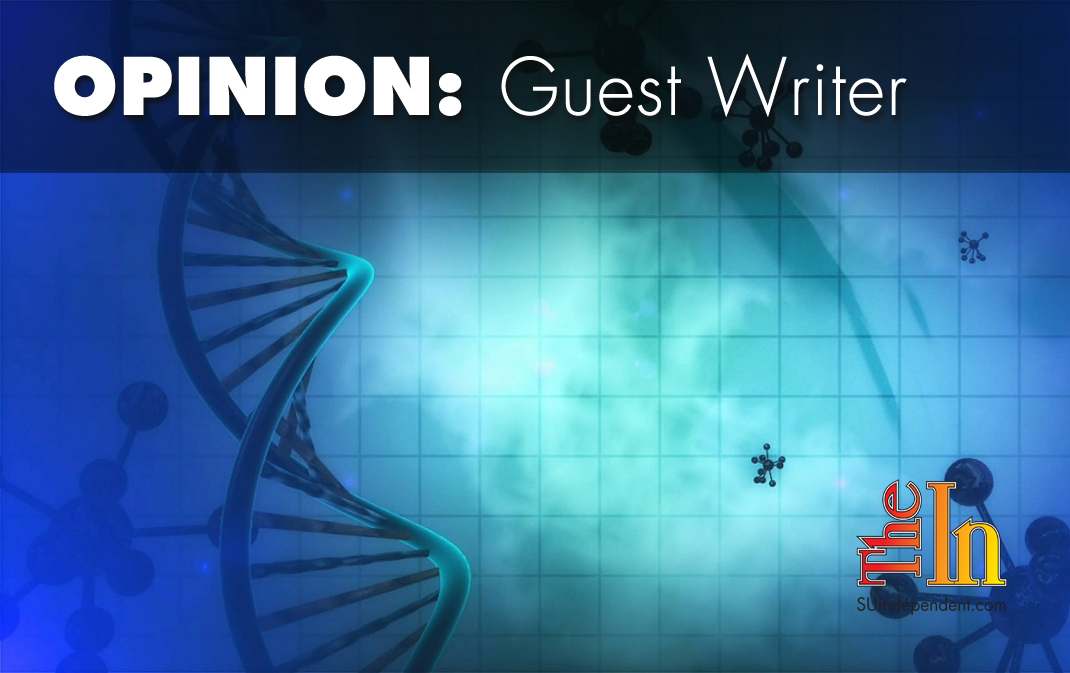
Tomorrow’s lifesaving treatments depend on today’s investments
By Sandip Shah
Scientists just discovered a potentially revolutionary treatment for Parkinson’s disease. The experimental medicine, which is currently in clinical trials, boosts dopamine production in patients’ brain to reduce tremors and improve motor skills.
The drug is one of several “gene therapies” developed in recent years. These medications have the potential to treat or even cure the world’s deadliest diseases by repairing the genetic mutations that caused those ailments.
The one hiccup? Gene therapies come with a hefty price tag, at least for now.
These cutting-edge treatments are worth the cost. Their prices will ultimately fall once competing drugs are introduced and patents expire. One medicine to treat schizophrenia and bipolar disorder, for example, cost nearly $400 in 2010. Patients can obtain the generic version of that drug today for just $17.
More importantly, patients will benefit from these medical advances for generations. It’d be a mistake to discourage such innovation by imposing drug price controls, as politicians in both parties have called for.
Gene therapies work in several ways. Some replace patients’ mutated genes with healthier copies. Some eliminate genes that aren’t functioning properly. Others introduce new genes to fight disease.
Scientists have researched gene therapies for decades, and patients are beginning to reap the rewards. In a University of Pennsylvania study, one gene therapy helped leukemia patients achieve an overall remission rate of 81 percent.
Researchers believe gene therapies could one day cure everything from cancer and HIV to neurodegenerative diseases like Parkinson’s. The drugs will still be saving lives long after their patents expire and prices drop. The hysterics over their current prices simply aren’t warranted.
Consider how medical advances have revolutionized the treatment of life-threatening stomach ulcers. Until the 1970s, patients afflicted with peptic ulcers had to undergo costly and painful stomach surgery. But in 1977, the first “H2 blocker” drugs reached the market after more than a decade of research and testing. The treatments healed ulcers, no surgery required.
The medicines were initially expensive. But today, patients can obtain H2 blockers for less than $10 a month.
Imagine if politicians had slapped price controls on drugs in the 1960s when researchers were still developing H2 blockers. Had those lines of research been killed off, generations of patients would still be dying from simple ulcers.
Price controls would have the same effect today. They already prevent the creation of eight to 13 new drugs in Europe, Japan, and Latin America each year. Bringing those price controls to the United States would cause biopharmaceutical companies to cut research spending by billions of dollars. Research projects that could lead to cures for cancer and Alzheimer’s would be scrapped.
Tomorrow’s life-saving treatments depend on today’s research investments, and those investments won’t happen if politicians impose drug price controls.
Sandip Shah is the founder and president of Market Access Solutions, a global market access consultancy, where he develops strategies to optimize patient access to life-changing therapies.
Articles related to “Tomorrow’s lifesaving treatments depend on today’s investments”
Under Medicare for All, government may micromanage your pizza order



